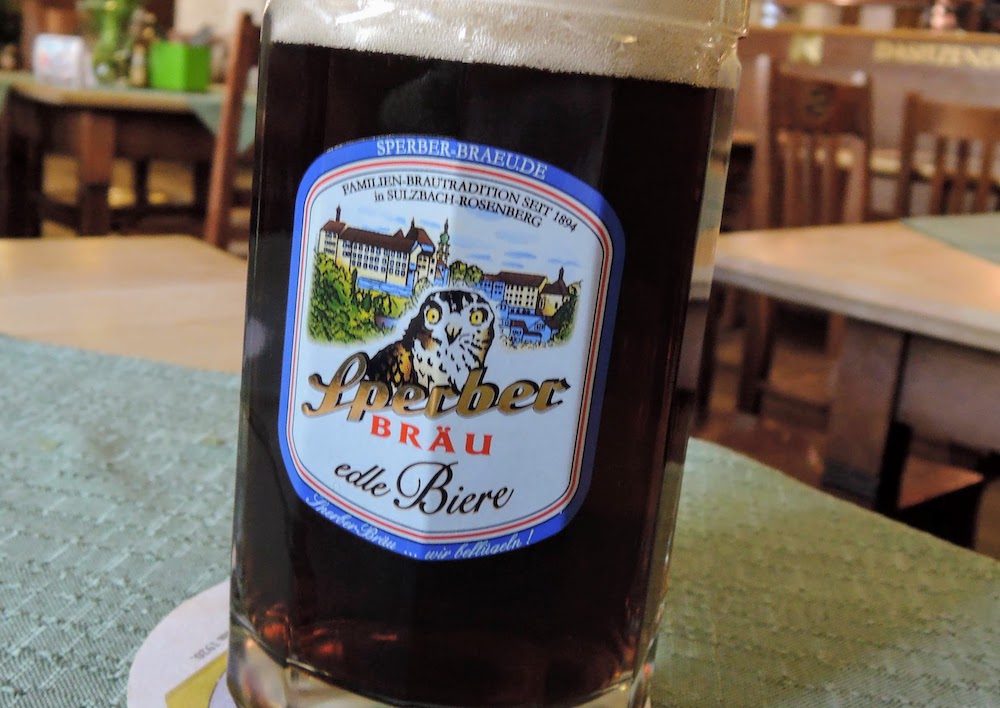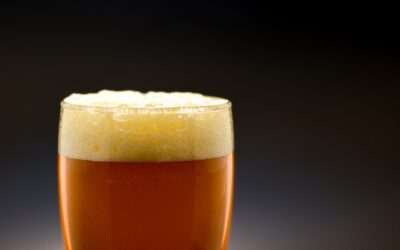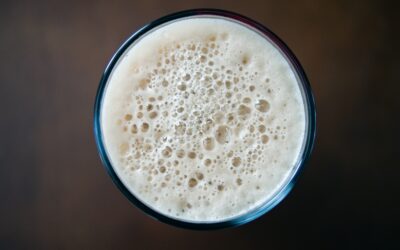In the same year that Anton Dreher first made an amber lager at his brewery near Vienna, his friend and colleague Gabriel Sedlmayr the Younger first made a dark one at his family’s Spaten brewery in Munich. Despite the fact that his father, Gabriel Sedlmayr the Elder, had introduced the malting kilns needed to produce pale and ultra-pale malts to Bavaria some thirty years earlier, at this time most German beers were still dark. Blond lagers did not make it to central Europe for another three years. The only light-coloured beer of the time was Hefeweizen (or Hefeweiß).
Dunkel (or Dunkles)
The darker session-strength lager style of Bavaria, sometimes known as Münchner, is a smooth, malt-driven, sometimes chocolate-noted beer, often made with caramalt. It should not be harsh or roasted. It combines session strength (4.4-5.6% ABV) with surprising depth. Though traditionally low on hops some Franconian examples push this boundary, to an extent that leads some to see them as a separate sub-style. Though almost as prone to lesser imitations as blonder lagers, Dunkel’s popularity has gradually spread across Europe and elsewhere, particularly within the old Soviet bloc.

Like most Germany breweries, Sperber Bräu in Sulzbach-Rosenberg brews a Dunkel (photo: André Brunnsberg)
Schwarzbier
The black lagers of northern and eastern Germany returned to the German brewing tradition after the Berlin Wall came down in 1989. Low on hops but high on caramel, the best remain palatably dry despite this, though well short of stout-like. They were largely a specialty of Saxony and Thuringia (Thuringen). Since reunification they have been slowly growing in stature.
Bohemian tmavý (or tmavé)
The Czech take on darker lager has a caramel, roasted palate with variable hopping, fruity esters adding a dab of plum or dried fruits. Some are described as Černý (or Černé), implying black, and a few as Granát, meaning garnet and implying a ruddy tone, similar to that implied by the use of the word ‘ruby’ to describe a dark mild or brown ale in the UK. The levels of intensity are designated Výčepní (10 or 11 Plato), Ležák (11 or 12 Plato), and Speciální (13 or 14 Plato), with some overlap in practice. A tiny but consistent level of diacetyl is allowed. Also, they tend to be less sweet and slightly hoppier than German Dunkel (above). The U Fleků brewery in Prague has been making a beer in this style for over 500 years, largely unchanged but for the yeast.
Other European dark lagers
Across Central and Eastern Europe, as far north as the Baltic States, most session-strength beers in the 20th century were lagers of two types, one being pale or blond, and the other brown or black, sitting somewhere in the triangle between Dunkel, Tmavé and Schwarz, adopting local names derived from those terms but not typically developing enough distinction to be considered a local style, as such. Rather, their role was to be ‘the alternative to blond’.
See also: Märzen (or Oktoberfestbier).




